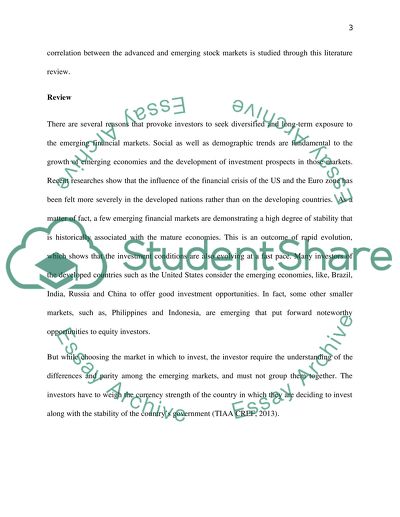Cite this document
(“Investment opportunities and risks in stock markets Literature review”, n.d.)
Retrieved from https://studentshare.org/finance-accounting/1404535-investment-opportunities-and-risks-in-stock
Retrieved from https://studentshare.org/finance-accounting/1404535-investment-opportunities-and-risks-in-stock
(Investment Opportunities and Risks in Stock Markets Literature Review)
https://studentshare.org/finance-accounting/1404535-investment-opportunities-and-risks-in-stock.
https://studentshare.org/finance-accounting/1404535-investment-opportunities-and-risks-in-stock.
“Investment Opportunities and Risks in Stock Markets Literature Review”, n.d. https://studentshare.org/finance-accounting/1404535-investment-opportunities-and-risks-in-stock.


